Part 1. Part 2. Part 3. Part 4. Part 5. Part 6.
(SPOILER ALERT: THESE POSTS CONTAIN DETAILS OF PUZZLES FROM THE HUNT INCLUDING HOOKS AND ANSWERS).
The next round was the Red and White Knights. This had some of the hardest puzzles from the hunt and was the last meta we finished. By the time we got here, we had very little left to do, so we had a team meeting and were desperate to finish up a few more puzzles to help out with the meta. Late Saturday night, we started looking at Campus Art from Z to A. We cut out the pieces and tried piecing them together. It took a long time to figure out it was some artwork from the Z-Center on MIT Campus. We raced over there only to find out it was closed! We called HQ and they said there was no way we could get in there. They were nice enough to open up a new puzzle for us because we couldn’t do that one.
Sometime late that night, we solved a puzzle and opened up two new puzzles. One was called Filed Erector, which was pretty easy, especially since about 30 of us were working on it at once. The last one we were looking at was Hole Wizard, which had a file that had a bunch of drill bit sized holes, plus a bunch of crossword answers. We worked on it for a while and didn’t make any real progress, so we gave our numbers to our overnight team leader in case we started the runaround and got a few hours of sleep. We had just heard that two teams had started it so we were pretty sure we weren’t going to win.
There was one called The Duck Konundrum VI: Now with Way Way Way Way Way Too Much Pepper, which I didn’t do, but was in the room when they did it. People used to complain that the Mystery Hunt had too many puzzles with no instructions, so someone created a puzzle that was nothing but instructions, but really, really involved ones. Dan Katz wrote a doozy this year. The people participating in it had a lot of fun.
There were two other rounds that we finished before this, but I think opened later in the hunt than the knights round. For the Caucus Race round, I started out working on SAT III. We worked on all the problems, which are all NP-hard, and found the solutions, which were never apart of the answers. However, for the example at the top, all five answers worked. It took us a long time to get the hook, but it turned out that you needed to find which sequence of +,-,*,/ works with the five answers given to get you the right answer. There was always a unique one. If you plug that into the numbers for the example, you got a letter. One challenge here was that since the problems are NP-hard, we had to just program up exhausts or sometimes just get lower- or upper-bounds and use uniqueness. So we called in a couple of awful answers.
I worked for a while on Gone With the Wind, which was really cool. The pictures were all water boundary maps of regions between latitudes 30 and 45 both North and South, and all around the globe. We actually had a geographer on our team who was awesome to work with on this. The only difference in the wind lines on the maps is the direction of the arrows. You get a binary number out of them and use one polarity for the North and another for the South (like the Coriolis Effect). I also worked on Cruciform Heraldry, which was a cool cryptogram using the heraldry of the 26 cantons of Switzerland.
The final round was Humpty Dumpty. One of the fairly straightforward puzzles here was Family Ties. Each picture is a family tree of some famous family. My favorite is of Fry in Futurama, which features him becoming his own grandpa through some “past nastification”.
Hands down, my favorite puzzle in the hunt was Covert Tops. I was in one of our rooms working on another puzzle and I heard someone across the room say, “What is that? OH, it’s a Rubik’s cube! Come here, Joe!” I started working on the puzzle immediately. You never actually SAW a Rubik’s cube, mind you. Matter of fact, I’m not sure if there was a cube there at all. They were pretty clear to show which of the six moves they were doing to the “cube” at each stage, then after so many moves they’d take a photo. I wrote down all of the moves that I saw quite tediously. Remember from before that I didn’t have a good Rubik’s cube on campus, so I went nuts trying to find a good program to do this on. I thought I had found a good online applet but it turned out you couldn’t do a complete flip of the cube. I ended up using Ultimate Magic Cube. I had to watch through the video a few times because I had made mistakes in the transcription at a few places. I got all the way through and took pictures of my laptop at each stage. I was a little lost, but then my friend Mike pointed out that it might be Braille. At least the first few photos had a solid column on the right and only two colors on the left. However, they were using grade 2 Braille, which made it a little tricky. About halfway through the message, I had apparently made a mistake, but fortunately, the message was out of Alice in Wonderland, so we figured out the answer. It was so satisfying.
Two other puzzles during this round worth mentioning. One was Crow Facts. I only mention it because after we solved it, some people on our team started posting other random crow facts on Twitter. Also, one called Eggsam, which was a bunch of real words with fake definitions. You were then called to HQ for a test. We had a teacher on our team that absolutely nailed this one on the first try.
Next post…the runaround!

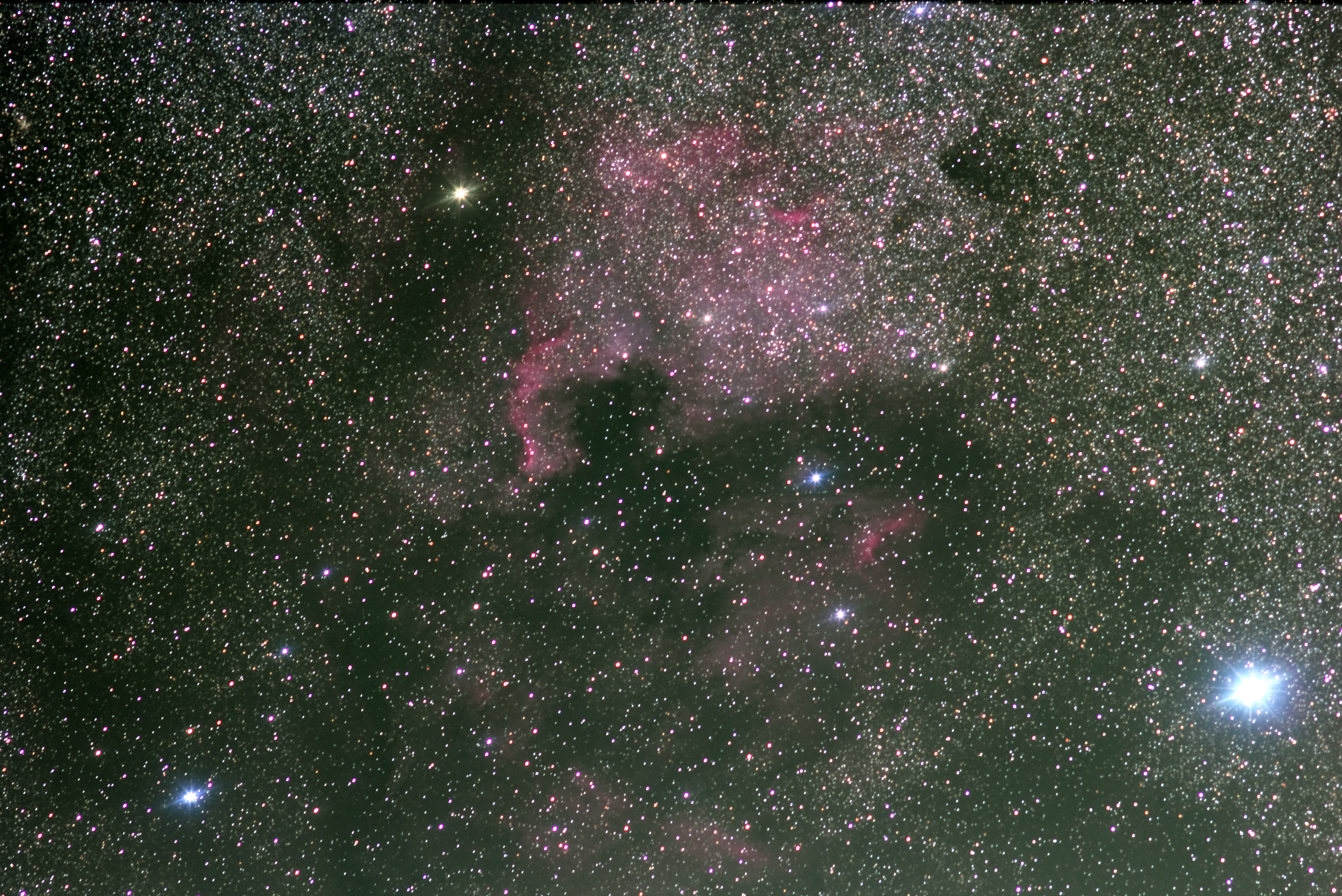
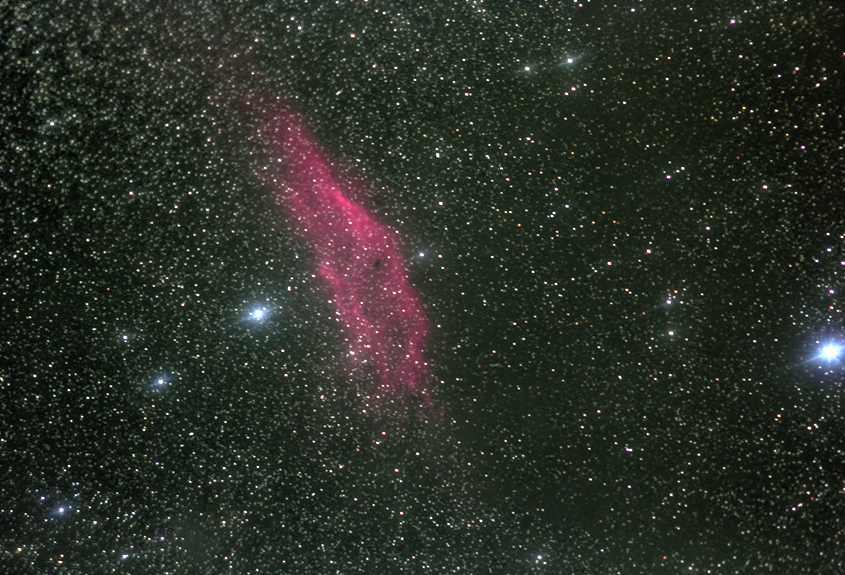
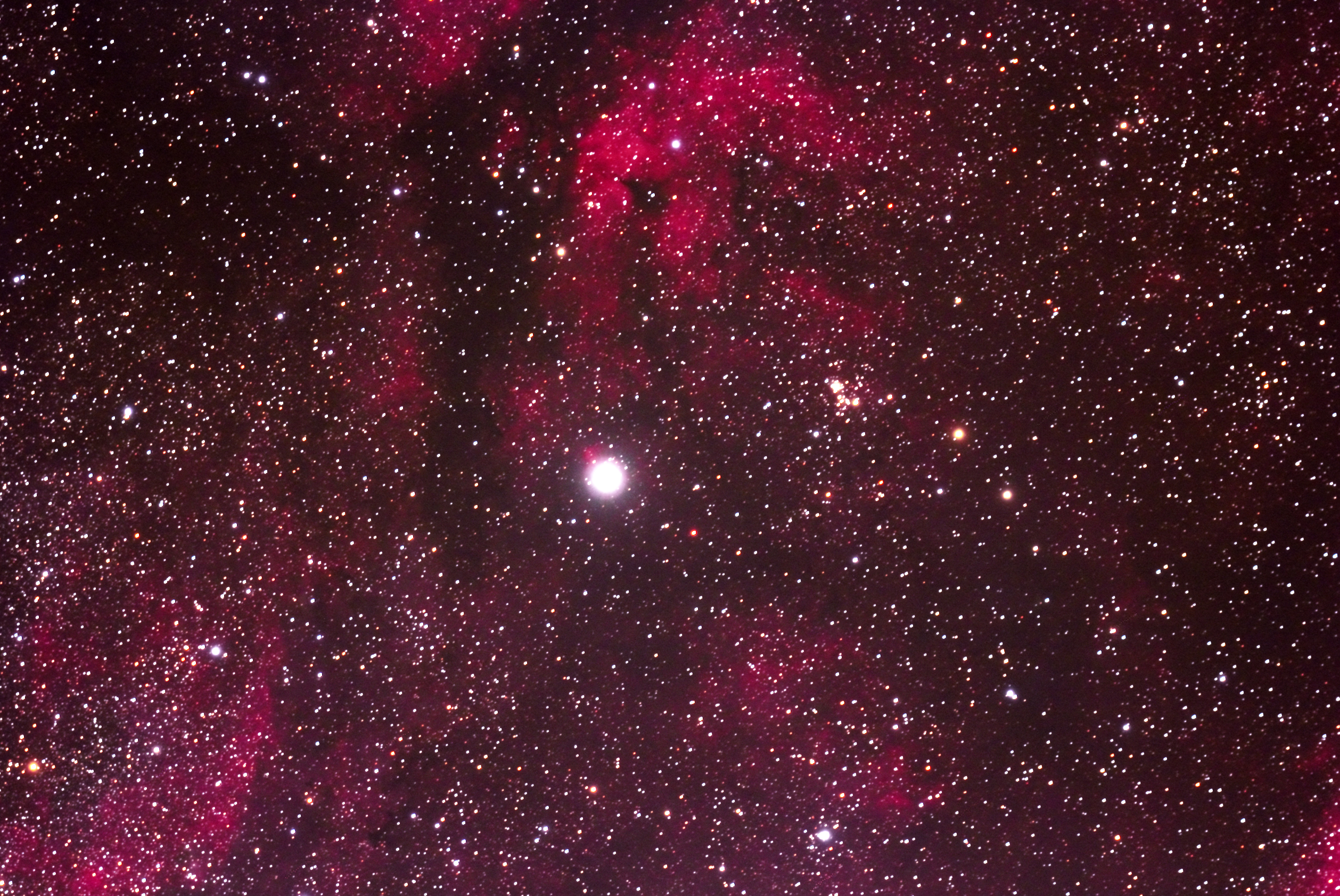
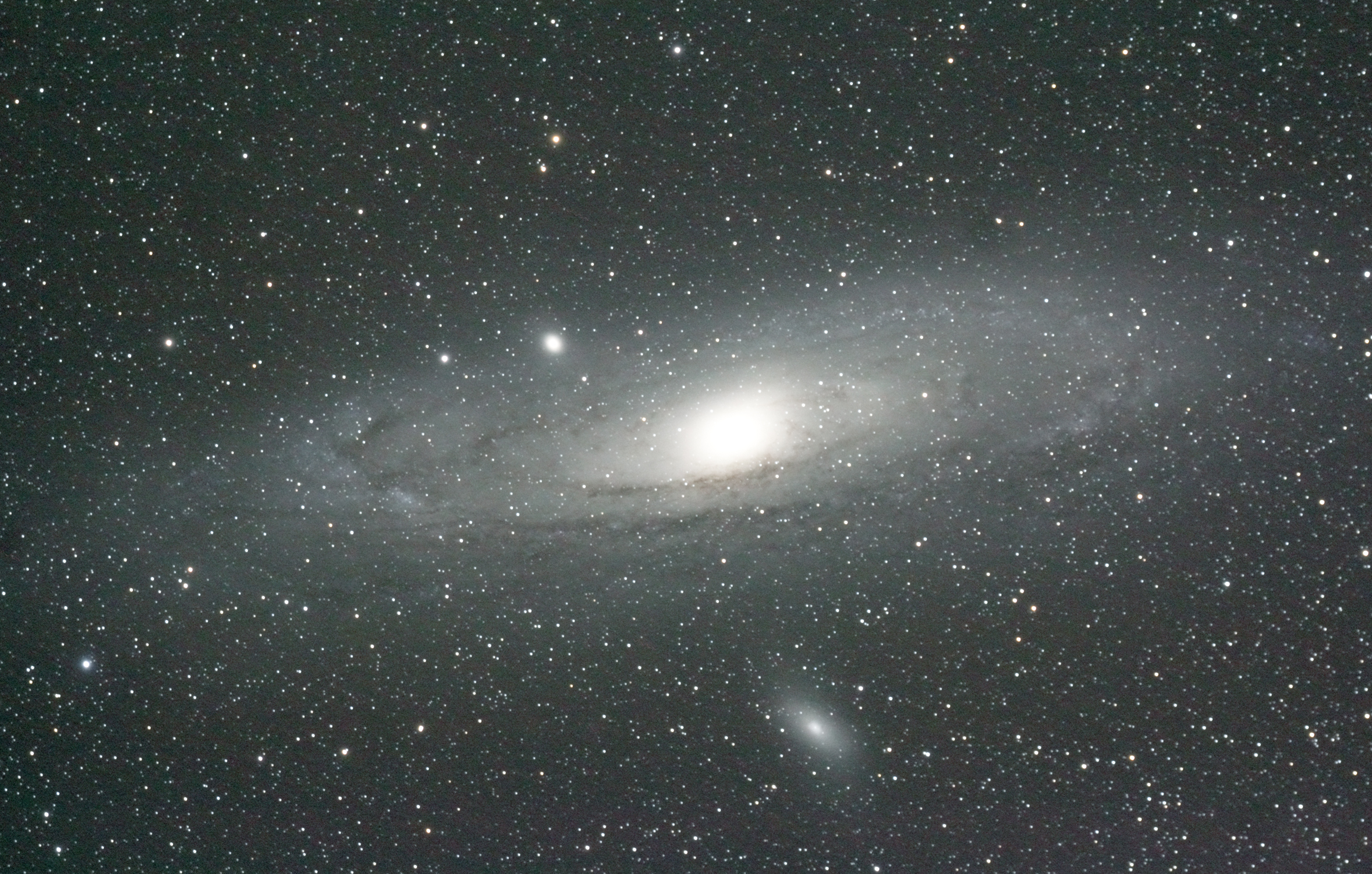
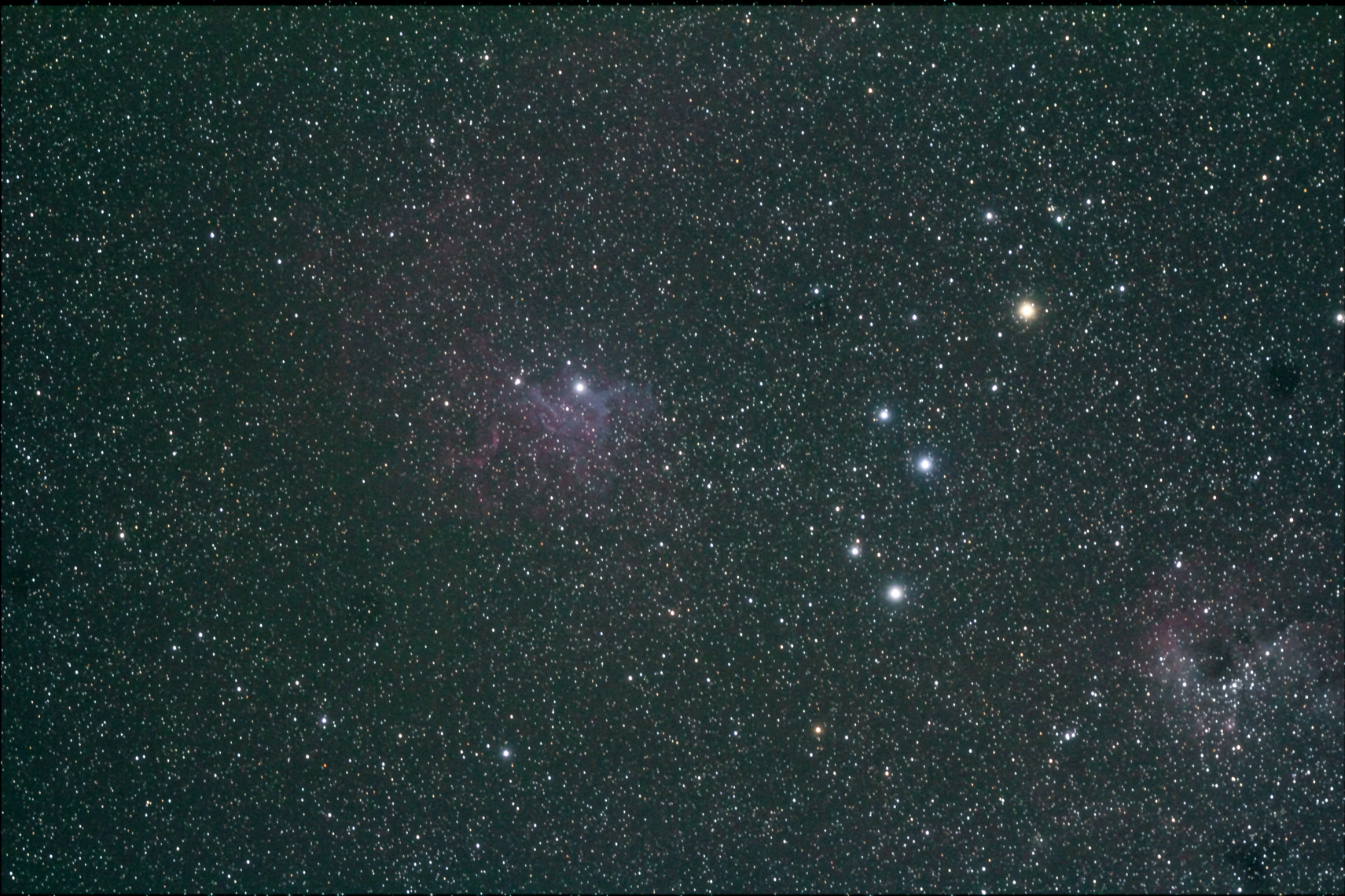
Recent Comments